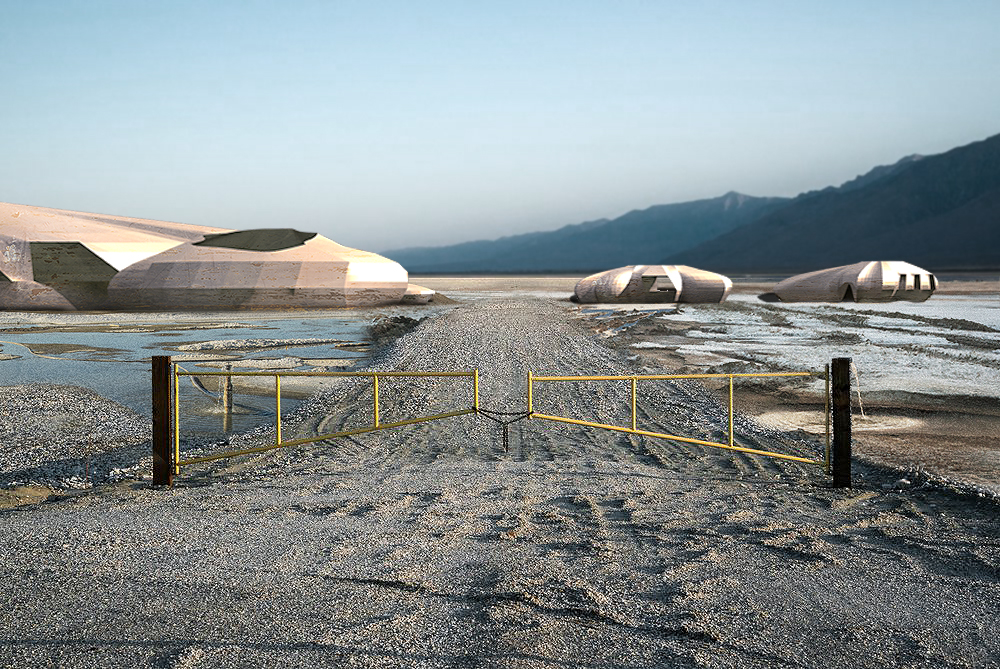Latent Reality - Farm Urbanism
Instructor: Benjamin Ennemoser ︎
Site: Whashington State, NYC
Year: 2021 Spring
Group work with: Marina Archangeli, Sydney Ortega
Instructor: Benjamin Ennemoser ︎
Site: Whashington State, NYC
Year: 2021 Spring
Group work with: Marina Archangeli, Sydney Ortega
We are at a peak of data production and consumption and, simply, its political, economical, cultural, and social value. The enhanced availability of data and new developments in Artificial Intelligence (AI) and Machine Learning (ML) allows architects and designers to include a new agent, the machine, into the design process. Meaning, we explore how the built environment is perceived, evaluated, and generated through the lens of a machine entity in the age of Big Data. Data is the fuel for each ML algorithm to develop intelligence, the ability to make decisions and to imagine.
Central Pivot Agriculture
+
NY+LA City
=
Hybrid City
Farm Urbanism has taken over in the last twenty years with humans migrating from previously dense urban centers to the farming centers of the country: the San Joaquin Valley in central California, Cumberland County in New Jersey, Yakima County in Washington State.
Farm Urbanism has developed as a way to bring consumers closer to food production and enables non-farmers the opportunity to take advantage of non-raditional food growing methods; it is a solution to an impending food shortage.

In these previously agriculture-heavy areas, new city centers are growing that incorporate organizational strategies informed by farming techniques, and the exterior envelope of every building offers new vertical terraces for food production and growth.








